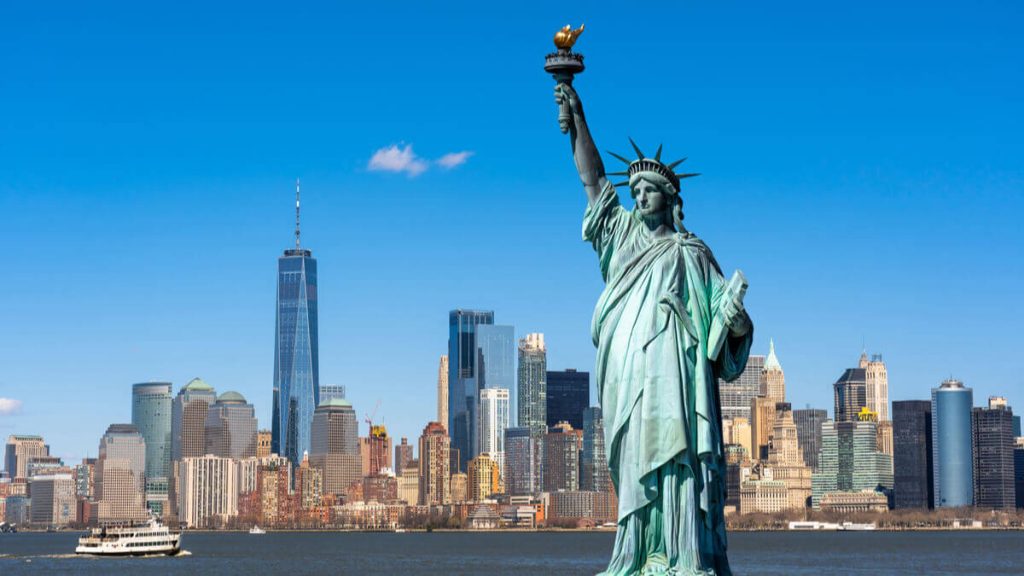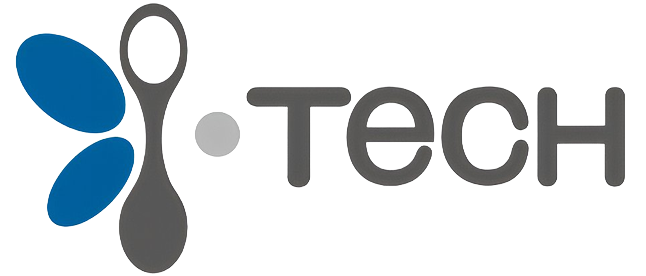Comprehensive Guide to USA Work Visa: Everything You Need to Know
The United States, one of the largest and most dynamic economies in the world, offers countless opportunities for professionals looking to elevate their careers on a global scale. From Silicon Valley—the heart of technology—to agricultural and manufacturing hubs, the U.S. presents diverse options for individuals with different expertise. In this guide, we will discuss the types of work visas available in the United States, the application processes, requirements, and tips to ensure your journey to working in the U.S. is as seamless as possible.

What is a USA Work Visa?
A USA work visa is a type of visa that permits individuals to enter the United States and legally work for a specific employer or under a specific employment type. Work visas for the U.S. are divided into two primary categories:
- Temporary Employment Visas (Non-Immigrant Visas): These are for individuals looking to work in the United States for a fixed period under a specific employer.
- Permanent Employment-Based Visas (Immigrant Visas): These visas are suitable for individuals intending to live and work in the U.S. permanently.
Let’s explore these visa types in more detail.
Types of USA Temporary Employment Visas

Temporary employment visas in the U.S. are categorized based on the specific type of work or skill. Here are the most common temporary work visas:
- H-1B Visa (Specialty Occupations): This visa is designed for professionals with specialized skills and higher education qualifications. Engineers, IT professionals, and doctors commonly use this visa to work in the U.S. Employers must demonstrate that the role requires a specialist with a bachelor’s degree or higher.
- H-2A Visa (Seasonal Agricultural Workers): This visa is granted to seasonal agricultural workers who help maintain the U.S.’s agricultural productivity. This visa is aimed at short-term agricultural roles, usually during planting and harvesting seasons.
- H-2B Visa (Non-Agricultural Temporary Workers): This visa is for individuals taking up temporary, non-agricultural jobs. Industries such as hospitality, construction, and landscaping frequently make use of H-2B visas.
- L Visa (Intra-Company Transfers): This visa allows multinational companies to transfer their employees to the U.S. within the same company. L-1A is for executives and managers, whereas L-1B is for employees with specialized knowledge.
- O Visa (Extraordinary Ability): This visa type is for individuals with extraordinary abilities in fields such as science, arts, education, business, or athletics. It also includes individuals involved in the film and television industries.
- P Visa (P-1, P-2, P-3): Designed for athletes, entertainers, and performers, the P visa allows internationally renowned individuals to participate in competitions or perform in the U.S.
Each of these visas is designed for a specific type of employment. To determine which visa is best suited for your situation, consult with an immigration attorney or the U.S. embassy.
How to Get a USA Work Visa
The process of obtaining a work visa for the U.S. can be complex. Here is a step-by-step guide:
- Employer Sponsorship: An essential prerequisite for most U.S. work visas is having an employer willing to sponsor you. Your employer must submit a petition to the U.S. Citizenship and Immigration Services (USCIS).
- Submit the DS-160 Form: Complete the DS-160, the online non-immigrant visa application form. Keep a printed copy of the confirmation page for the visa interview.
- Schedule an Interview: Once the form is completed, schedule an interview with the U.S. embassy or consulate in your home country. This interview will be conducted to evaluate the eligibility of your application.
- Pay the Visa Fee: Pay the non-refundable visa application fee. Depending on the type of visa, additional fees may apply.
- Prepare Documents: Gather the necessary documentation, including your passport (valid for at least 6 months beyond your intended stay), DS-160 confirmation page, payment receipts, and other supporting documents such as proof of employment.
- Attend the Visa Interview: At the visa interview, the consular officer will ask about your intended job, purpose of travel, and plans post-employment. Based on this interview, they will decide whether to approve your visa.
- Wait for Visa Processing: If your visa is approved, your passport will be returned with the visa stamp, allowing you to enter the U.S. within the specified visa conditions.
Documents Required for USA Work Visa
The documents required for a U.S. work visa may vary based on the visa type. Below is a general list of documents:
- Valid Passport: Must be valid for at least 6 months beyond your planned stay.
- Completed DS-160 Form Confirmation
- Receipt of Visa Application Fee
- Passport-sized Photograph: Requirements on dimensions are available on the official U.S. embassy website.
- Job Offer or Employment Contract: Provided by the U.S. employer.
- Petition Approval (Form I-129 or I-797): Proof that your petition for a visa has been approved by USCIS.
- Proof of Strong Ties to Your Home Country: This may include family ties, property ownership, or employment to demonstrate your intent to return after completing your job.
Permanent Employment-Based Immigration
For those who plan to move to the U.S. long-term, a permanent work visa may be a better option. The employment-based green card categories are divided into five preference levels:
- EB-1 (Priority Workers): Professionals with extraordinary abilities, outstanding professors, and multinational executives.
- EB-2 (Advanced Degree Professionals): Professionals with an advanced degree or exceptional ability in their field.
- EB-3 (Skilled Workers and Professionals): Skilled workers, professionals, and other workers.
- EB-4 (Special Immigrants): Includes certain religious workers and employees of U.S. foreign service posts.
- EB-5 (Investor Visa): Investors who invest at least $1.8 million in a U.S. enterprise that creates at least 10 jobs for American workers.
FAQs on USA Work Visas
- What type of visa is required to work in the U.S.?
- Depending on your job and qualifications, you may need an H-1B, H-2A, H-2B, L, or O visa, among others.
- Can I change my work visa to a green card?
- Yes, you can apply for a green card through employment-based categories. Many individuals on H-1B visas, for example, eventually seek permanent residency (a Green Card).
- How long does the visa application process take?
- The processing time for a U.S. work visa depends on the type of visa and other factors, including backlogs. It can range from several weeks to several months.
Tips for Securing a USA Work Visa
- Start Early: The visa application process can take time, especially with employer sponsorship and paperwork. Begin well in advance.
- Maintain Strong Ties to Your Home Country: Showing strong ties to your home country can be crucial for non-immigrant visa applications, proving that you intend to return after your work ends.
- Prepare Thoroughly for Your Interview: Practice answering questions regarding your job role, employer, and future plans.
Living and Working in the USA
Living and working in the U.S. can be a life-changing opportunity. Many choose to work temporarily and eventually settle permanently. To do so, one could transition from a temporary work visa to a permanent residency status. Employment-based green cards such as EB-1 and EB-2 are the common pathways to gain permanent status.
Additionally, investors or entrepreneurs can pursue an EB-5 visa to invest in the American economy, thus gaining residency rights. If you are interested in exploring entrepreneurial opportunities, you can read our article on “How to Start a Business in the USA.”
Summary
The United States provides professionals with immense opportunities for career growth and development. However, the path to acquiring a work visa can be complex and requires a good understanding of the different visa categories and application processes. Whether you’re aiming for a temporary job or seeking permanent employment in the U.S., selecting the right visa type is crucial for a successful application.
Need more information? Consult a professional immigration attorney to navigate the complexities of U.S. work visas or explore related articles on our site for more guidance.

